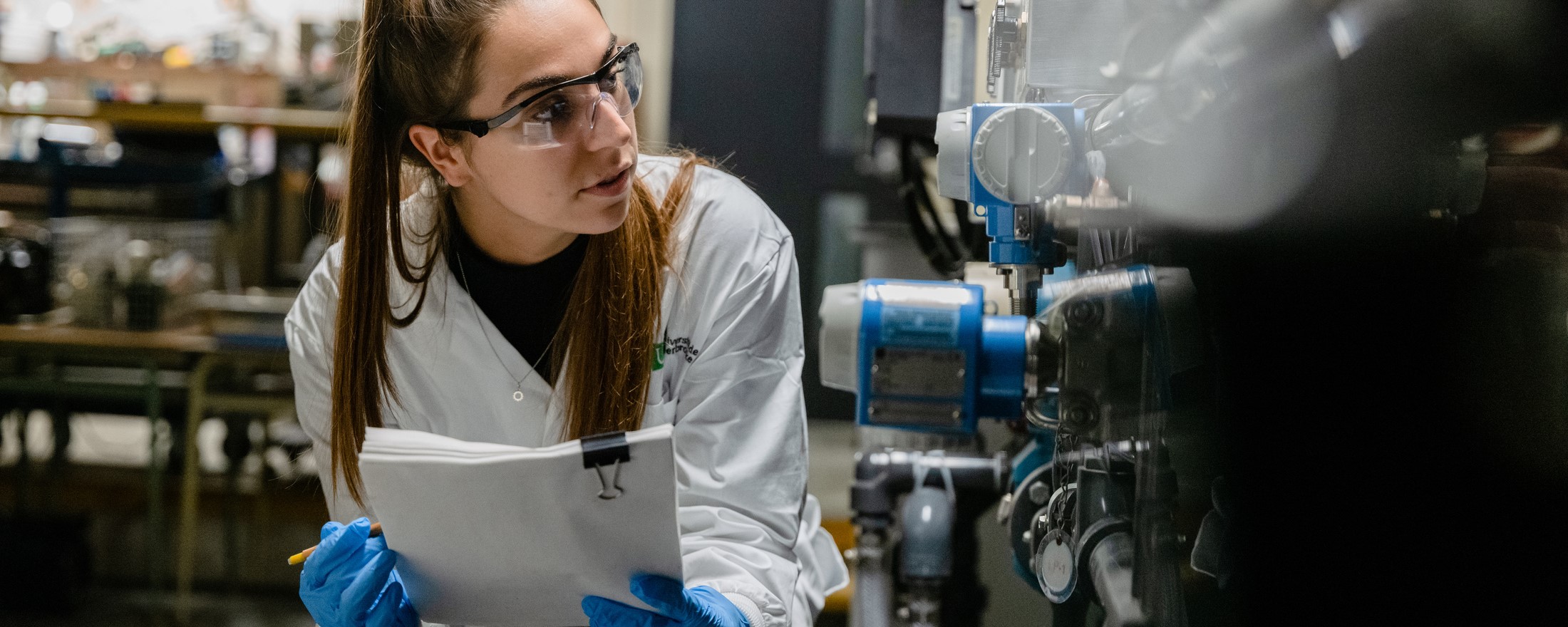Killing of Bacteria Induced by Nanostructures – KillBin
Overview
- RESEARCH DIRECTION
- Michael Canva, Professeur associé - Department of Electrical and Computer Engineering
- ADMINISTRATIVE UNIT(S)
-
Faculté de génie
Département de génie électrique et de génie informatique
Institut interdisciplinaire d'innovation technologique (3IT)
- LEVEL(S)
- 3e cycle
- LOCATION(S)
-
3IT - Institut interdisciplinaire d'innovation technologique
CEA-Grenoble
Project Description
The adsorption or proliferation of microbial pathogens on the surface of materials is a major problem, entailing significant economic and societal costs in many sectors of human activity, such as health services, the agri-food industry, drinking water supply, public transport, and so on. The development of surfaces capable of limiting the adhesion of pathogenic bacteria, preventing the proliferation of micro-organisms, and ideally killing bacteria on contact is a prime objective in this fight. Nature can be a source of inspiration for this, for example, in the topology of certain natural antibacterial materials, such as the nano-structures observed on the surface of the wings of various insects and endowed with remarkable bactericidal properties [1].
Natural soluble compounds active against numerous pathogens, such as antimicrobial peptides (PAMs) extracted from animals or plants, are also attracting growing interest for antibiotic applications, but also more recently for the development of functional materials since the immobilization of PAMs on surfaces has shown remarkable biocidal activities [2].
Based on these bio-inspired resources, the objectives of the KILLBIN project are to explore the synergistic bactericidal properties of new functional nanomaterials. This will be made possible by designing and elaborating nanomaterials using prototyping routes that are sufficiently rapid and low-cost to be extended to materials of several tens of cm2. In a second phase, these nano-structures will be modified by the self-assembly of biomolecules (peptides) with increased toxicity towards microbial pathogens but perfectly harmless to humans to assess the bacteriostatic, or even bactericidal, synergistic properties of these nanomaterials.
The PhD student's role will be organized around three axes.
Surface nanostructuring (LN2):
- Design and develop functional nanostructured nanomaterials using rapid prototyping approaches on biocompatible surfaces (gold and titanium).
- Test the various processes identified (electrochemistry, nanoimprinting, conformal metal deposition on black silicon, two-dimensional self-assembly of nanoparticles or gold nanowires) to obtain nanostructured surfaces with controlled roughness at the nanometric scale, with a diversity of patterns and effective thicknesses on surfaces of several cm2.
- Characterize surfaces by AFM imaging, scanning electron microscopy, and Surface Plasmon Resonance (SPR) imaging for structures that allow it.
- The first type of material to be developed will be gold to take advantage of the expertise of LN2 and SyMMES in SPR imaging to monitor the interactions of biological objects with functional surfaces.
Surface functionalization (LN2 and SyMMES):
- Functionalize the surface of nano-structures (self-assembled monolayers in solution) and characterize their physicochemical and functional properties.
- Characterize surface morphology using SEM and AFM.
- Characterize physico-chemical properties using conventional techniques ranging from FT-IR spectroscopy and X-ray spectroscopy to contact angle measurements.
Characterization of bactericidal activity (SyMMES):
- Develop a consolidated protocol for studying functional nanomaterials' bactericidal and/or bacteriostatic activity.
- Explore several properties in each experiment, such as biocidal activity for a suspension of bacteria in contact with the nanomaterial, the material's ability to capture bacteria, determination of the vitality of these bacteria ("live/dead" tests), and their properties of forming biofilms after adhesion or being released in planktonic form (risk of contamination by salting-out).
Profile and skills required: Student with a Master's degree (Master 2 in France) in biology, biochemistry, or nanosciences, interested in biomaterials. Dynamic, he/she must demonstrate scientific rigor and curiosity to complete this multi-disciplinary project. The PhD student will have a keen interest in experimental work, which will take place at two sites: the LN2 biophotonics team at 3IT, Université de Sherbrooke, and the Chemistry for the Recognition and Study of Biological Assemblies (CREAB) team at CEA-Grenoble.
Research supervisor :
Michael Canva
Yoann Roupioz
1. Tripathy, A. et al. Natural and Bioinspired Nanostructured Bactericidal Surfaces, Adv Colloid Interface Sci, 2017, 248, 85–104. 10.1016/j.cis.2017.07.030
2. Oger, P.-C. et al. Engineering of Antimicrobial Surfaces by Using Temporin Analogs to Tune the Biocidal/Antiadhesive Effect, Molecules, 2019, 24(4), 814. 10.3390/molecules24040814
Discipline(s) by sector
Sciences naturelles et génie
Génie électrique et génie électronique
Funding offered
Yes
Partner(s)
SyMMES au CEA-Grenoble
Liens complémentaires
The last update was on 16 July 2024. The University reserves the right to modify its projects without notice.
